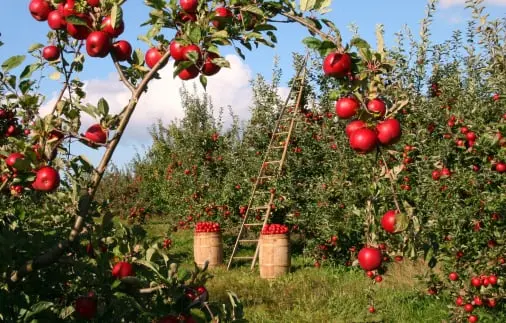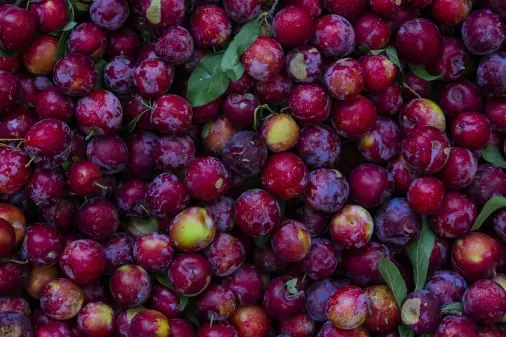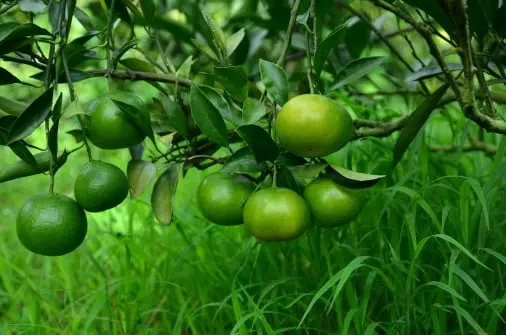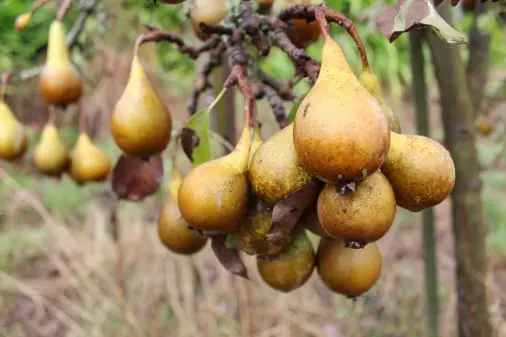Fresh produce traceability app:
Fresh produce traceability app: fruit vegetable: inventory, processing, packing, sales and shipping. Fresh produce traceability app manages recall, mock recall, audits, QC. Fresh produce tracker.

Fresh produce Traceability during production & packing
View Traceability App Specifications.
Farmsoft Fresh Produce Traceability App:
Food traceability is critical in the food industry, especially in fruit and vegetable packing businesses, where traceability of produce from farm to fork is essential. The Farmsoft Fresh Produce Traceability App is an innovative solution that enables packing businesses to manage and track their products from the farm to the consumer. This marketing report discusses how the Farmsoft Fresh Produce Traceability App helps increase traceability in fruit and vegetable packing businesses.
Overview of Farmsoft Fresh Produce Traceability App:
The Farmsoft Fresh Produce Traceability App is an all-in-one solution that assists fruit and vegetable packing businesses in managing their operations efficiently. The app features a simple and user-friendly interface that enables businesses to streamline their processes, reduce waste, and increase productivity. The app offers a wide range of features, including inventory management, quality control, traceability, and reporting.
How Farmsoft Fresh Produce Traceability App Helps Increase Traceability
Traceability is essential in the fruit and vegetable packing business, as it ensures that the produce is of high quality, safe, and meets regulatory requirements. The ability of modern supply chains for fresh produce to provide traceability is becoming the norm. At present the systems need to provide relatively straightforward capability to trace back from the market to the source of supply, or trace forward by associating production information with the product. There are, however, significant opportunities to improve supply chain performance through better traceability as well. Two examples are introduced to highlight this potential, one that provides feedback to growers on measured quality and the other feedback to the market on predicted quality. These applications for information sharing require a detailed level of traceability. At this level of detail it is not possible to have an absolute confidence in individual fruit traceability due to mixing that occurs at certain points in the supply chain. The level of traceability is, however, adequate to facilitate improved information systems for enhanced supply chain performance.
The Farmsoft Fresh Produce Traceability App helps increase traceability in several ways:
1. Real-time Tracking and Reporting
The app enables businesses to track their products in real-time from the farm to the consumer. The app generates unique QR codes for each product, which enables businesses to track the product's journey at every stage of the supply chain. The app also provides real-time reporting, enabling businesses to monitor their operations and make informed decisions.

Fresh produce packhouse hygiene checklist for food safety
The Farmsoft Fresh Produce Traceability App features robust inventory management tools, which enables businesses to track their products' movements in the warehouse. The app enables businesses to track the products' location, quantity, and status, ensuring that the products are always traceable.
3. Quality Control
The app enables businesses to implement robust quality control measures, ensuring that the products meet the required standards. The app enables businesses to track the products' quality at every stage of the supply chain, from the farm to the consumer. This ensures that the products are of high quality and safe for consumption.
4. Compliance
The Farmsoft Fresh Produce Traceability App helps businesses comply with regulatory requirements. The app enables businesses to track and report on their compliance with food safety regulations, ensuring that they meet the required standards. This enhances the business's reputation and builds trust with consumers.
5. Transparency
The Farmsoft Fresh Produce Traceability App promotes transparency in the supply chain. The app enables businesses to share information on the product's journey with consumers, enhancing trust and transparency. This enables businesses to differentiate themselves from competitors and build a loyal customer base.
Benefits of Using Farmsoft Fresh Produce Traceability App
The Farmsoft Fresh Produce Traceability App offers numerous benefits to fruit and vegetable packing businesses, including:
1. Increased Efficiency
The app streamlines operations, reducing manual processes, and increasing efficiency. This saves time and reduces costs, enabling businesses to focus on growing their operations.

Fresh produce Traceability management best practices
2. Improved Traceability
The app enhances traceability, enabling businesses to track their products from the farm to the consumer. This ensures that the products are of high quality, safe, and meet regulatory requirements.
3. Better Quality Control
The app enables businesses to implement robust quality control measures, ensuring that the products meet the required standards. This enhances the business's reputation and builds trust with consumers.
4. Enhanced Compliance
The app helps businesses comply with regulatory requirements, reducing the risk of fines and other penalties. This enhances the business's reputation and builds trust with consumers. Implementing PTI: Best Practices for Packers/Shippers
Learn best practices for implementing PTI from early adopters with hands-on experience in both field and facility packing. You will take away sound, real-world recommendations for implementing PTI within your business, and where to find resources.

Fresh produce Supplier Traceability Management
Implementing PTI: Best Practices for Assigning GTINs
In this session, you will learn how to approach Global Trade Item Number (GTIN) assignment strategically as well as best practices to use in assigning your GTINs.
Implementing PTI: Best Practices for Case Labeling
In this session, you will learn more about the global GS1 standards upon which PTI-compliant case labels are based. You will also learn the basics of case labeling from PTI early adopters. You will take away hands-on tips and tools for implementing case labeling, while minimizing your company’s time and costs as much as possible.
Implementing PTI: Best Practices for Retailers
In this session, you will learn best practices for retailers implementing the PTI from sector early adopters. You will take away a plan for implementing the PTI within your business, and contact points for additional help.
Implementing PTI: Best Practices for Hybrid Pallet Labeling
The PTI Hybrid Pallet Label offers an interim solution to traceable pallet labeling if you or your trading partners aren't yet ready for GS1 Serial Shipping Container Code (SSCC) pallet labels. This session will cover best practices for creating and placing your pallet labels, and preparing your customers to receive them. You will take away the tools and information needed to successfully execute Hybrid Pallet Labels in your operation.
Implementing PTI: Best Practices for Produce Brokers
This session will focus on best practice recommendations to help develop and maintain efficient shipping, receiving and communication processes for buy and sell arrangements involving produce brokers. Multiple scenarios of shipments of orders to customers will be discussed.
E-learning Course: Traceability in the Fresh Produce Industry
Designed to assist the produce industry to learn how to implement traceability processes for their businesses, this e-Learning module is available to help improve supply chain efficiencies from the field to the consumer and ensure that the right product gets to the right place at the right time.
5. Better Customer Service
The app enables businesses to provide better customer service, ensuring that the products meet the customer's expectations. This builds a loyal customer base and enhances the business's reputation.